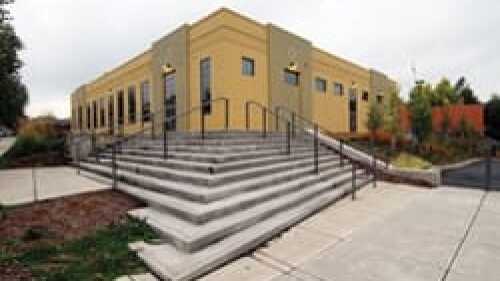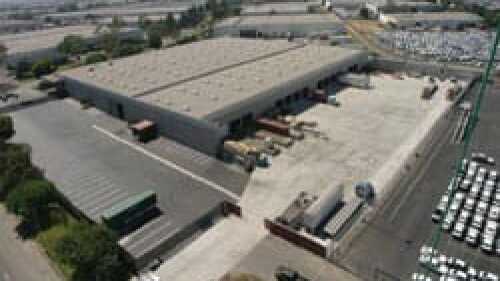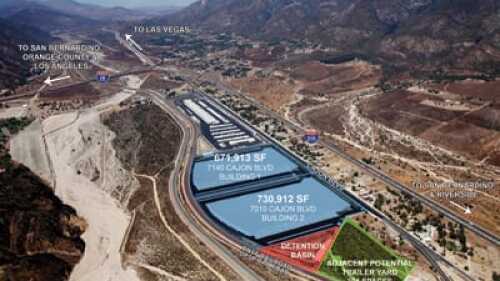Industrial
What does economic recovery mean for the industrial and office sectors?
A sustainably designed, adaptive-use, urban food factory in Portland, Oregon, helps a neighborhood suffering urban decay, foreclosures, and job losses.
As the balance sheets of corporate America are getting stronger and companies that can lease or buy are trading up to Class A industrial properties, the Class B and C buildings have to be rehabilitated to compete and to provide faster delivery. Hear from experts about a number of Southern California projects that transformed industrial properties.
U.S. East Coast and Gulf ports are upgrading facilities in anticipation of supersized ships transiting the Panama Canal in 2014, while some smaller port cities are strategically positioned to fight for their share of the new business.
The government’s data center consolidation efforts, cloud computing initiative, and budget constraints are creating opportunities for private data centers, attendees at one Bisnow Media event learned.
In its transition from an industrial economy to a knowledge-based one, Kendall Square in Cambridge, Massachusetts, has become the most robust innovation-based cluster in the nation—if not the world.
Medical clusters—health and life sciences clusters that include hospitals, universities, research institutions, and life science companies—can be a boon for communities, such as Lake Nona in Florida.
At ULI’s 2011 Fall Meeting in Los Angeles late last month, a panel of experts shared their thoughts on emerging real estate trends, leadership in a global real estate marketplace, and what they see for the future of the real estate industry. Read more to learn why global business strategies and an ever-changing real estate and business marketplace demand a new breed of real estate leaders.
The enormous volume of traffic at Los Angeles’s two major ports has made the city America’s trade capital. Over the past few decades, the ports of Los Angeles and Long Beach have propelled southern California’s rise as a regional trade giant. Learn what is fundamentally changing the landscape regarding industrial property, as well as the region’s position as an import-based economy.
One of the top U.S. priorities is the need to address infrastructure challenges. Decades of underfunding and limited investment have rendered diverse systems of transportation, energy, water, logistics, and communication inadequate for sustaining economic growth and serving an expanding population. Read about new financing strategies required to attract infrastructure investment now and in the future.






